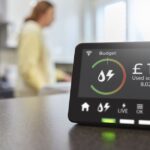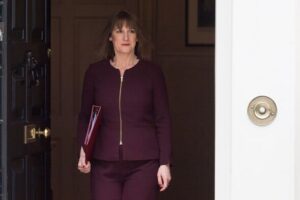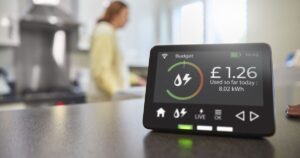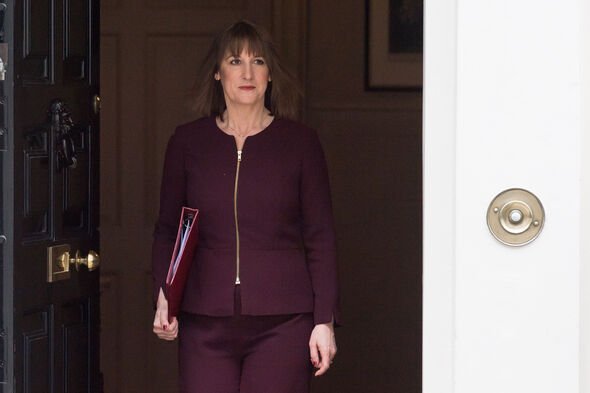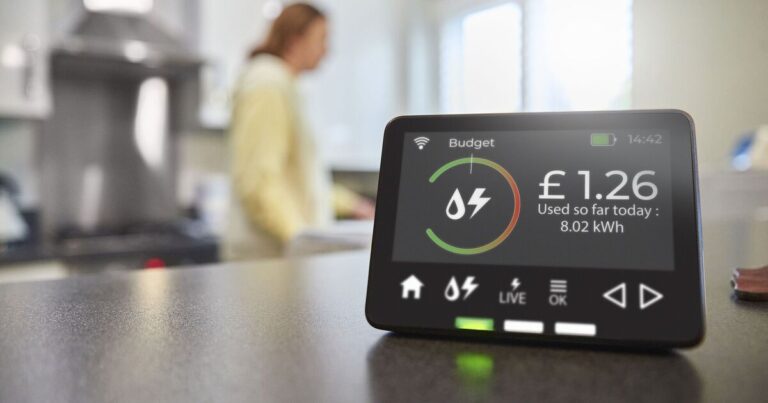
Average house prices have edged higher with properties offering lower energy bills, insulation, double glazing and solar panels fetching a premium.
The average UK price in August was up 2.4 percent on a year ago to £265,375, the latest index from Nationwide Building Society shows.
Its study found that properties with an energy performance certificate (EPC) rating of A or B, are worth on average 2.8 per cent more than a similar property rated D.
At the same time, with the worst EPC ratings of F or G are valued 4.2 percent lower than a similar D rated property.
Nationwide chief economist Robert Gardner says the annual rate of house price growth in August is the fastest since December 2022, although prices are still around 3 percent below the records achieved in the summer of 2022.
Mr Gardner said: “While house price growth and activity remain subdued by historic standards, they nevertheless present a picture of resilience in the context of the higher interest rate environment and where house prices remain high relative to average earnings (which makes raising a deposit more challenging).
“Providing the economy continues to recover steadily, as we expect, housing market activity is likely to strengthen gradually as affordability constraints ease through a combination of modestly lower interest rates and earnings outpacing house price growth.”
On the energy efficiency findings, he said: “The Government’s current aspiration is to upgrade as many homes as possible to band C by 2035.
“However, the current pace of energy efficiency improvements is relatively slow, given the scale of the challenge.
“This suggests a need for further incentives to help decarbonise homes.”
Darryl Dhoffer, Mortgage Broker at The Mortgage Expert, said the fact people are looking for properties which offer lower energy bills is significant.
He told Newspage: “Buyers are finally waking up to the fact that a home is not just bricks and mortar. A home is a money pit, a guzzler of energy bills.
“With the grid supply costs climbing higher than a mountain goat, it’s time to get smart.
“Solar and wind are your new best friends. And don’t forget about those fancy insulation tricks. A well-insulated home is like a cosy blanket on a cold winter night. So, why go green? Simple: it’s a cash cow. Save the planet? Sure, that’s nice. But let’s be honest, it’s the money that’s driving this train.”
Ranald Mitchell, director at Charwin Mortgages, said: “The energy efficiency, running costs and fabric of homes have come into far sharper focus with buyers now.
“The costs of grid supply is always increasing and supplementing this with natural resources such as solar and wind can significantly reduce energy bills. Add to this smarter and better insulated homes and it’s little surprise that people are shifting to greener homes, albeit more for financial benefits than saving planet earth.”
Michelle Lawson, Director at Lawson Financial commented: “The premium people are paying is interesting. Buyers are more incentivised to buy readily energy-efficient property rather than make the improvements themselves.
“In a £300k house, a 2.8 percent premium is £8,400- not to be sniffed at.
“Arguably solar panels and heat/air pumps cost considerably more than this to install unless potentially using a grant. There is more to be done here to make it more affordable while remembering it is easy to supply energy efficient new build stock, less so for the significant numbers of older housing and flats due to construction restraints.”



